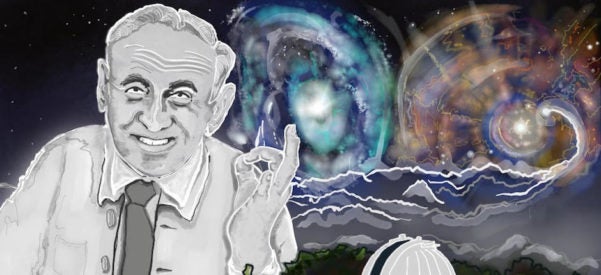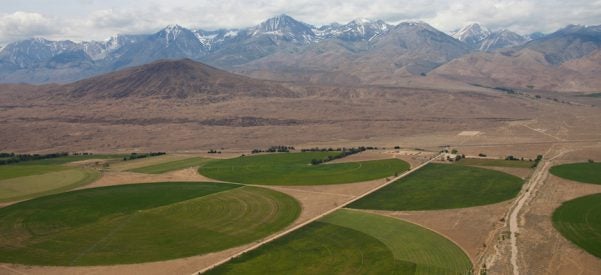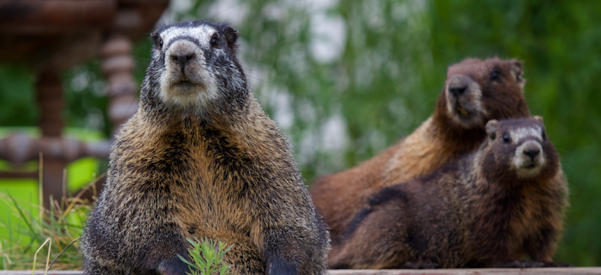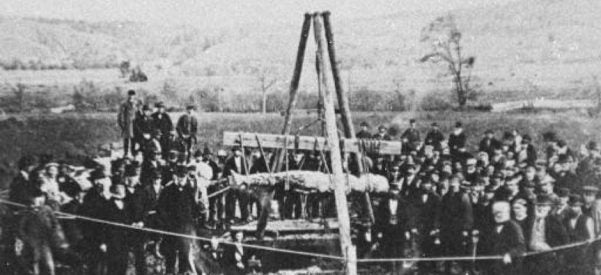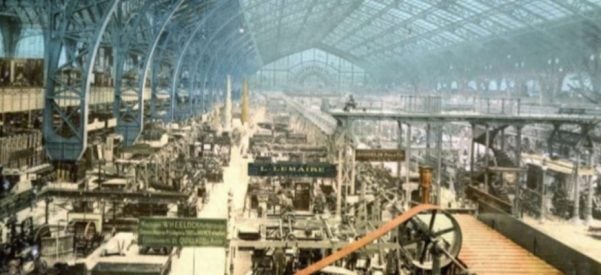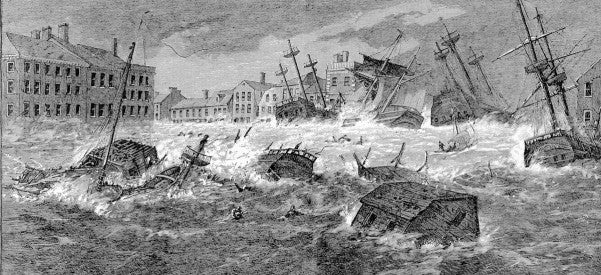The Ornery, Freethinking Astrophysicist Who Helped Start the Space Race
Swiss Émigré Fritz Zwicky Was Pioneer of American Science—Until His Star Fell
When the young physicist Fritz Zwicky arrived in America in 1925, the universe was a tidy place. Some educated people still believed the Sun was at the center of everything and that our little neighborhood in space was everything there was.
In just a few years’ time, Zwicky, a combustible émigré from Switzerland whose feuds were as legendary as his insights, helped upend it all, by founding the field of supernova research and predicting the existence of neutron stars and dark …


